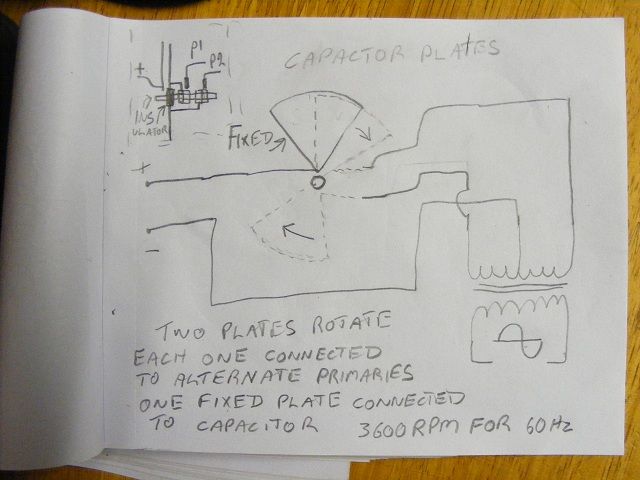@Dave45
Yes I believe that the waves we send over a power line are far more dynamic
then that. I think a more accurate description would be to say the wave rises a full 360 around the axis of the wire as it moves along the length of the wire.
Yes I believe that the waves we send over a power line are far more dynamic
then that. I think a more accurate description would be to say the wave rises a full 360 around the axis of the wire as it moves along the length of the wire.




 But I'll try.
But I'll try.


 maybe a single throw switch to disconnect the neg of fwbr, while at same time connecting to ground? if any advantage
maybe a single throw switch to disconnect the neg of fwbr, while at same time connecting to ground? if any advantage
Comment